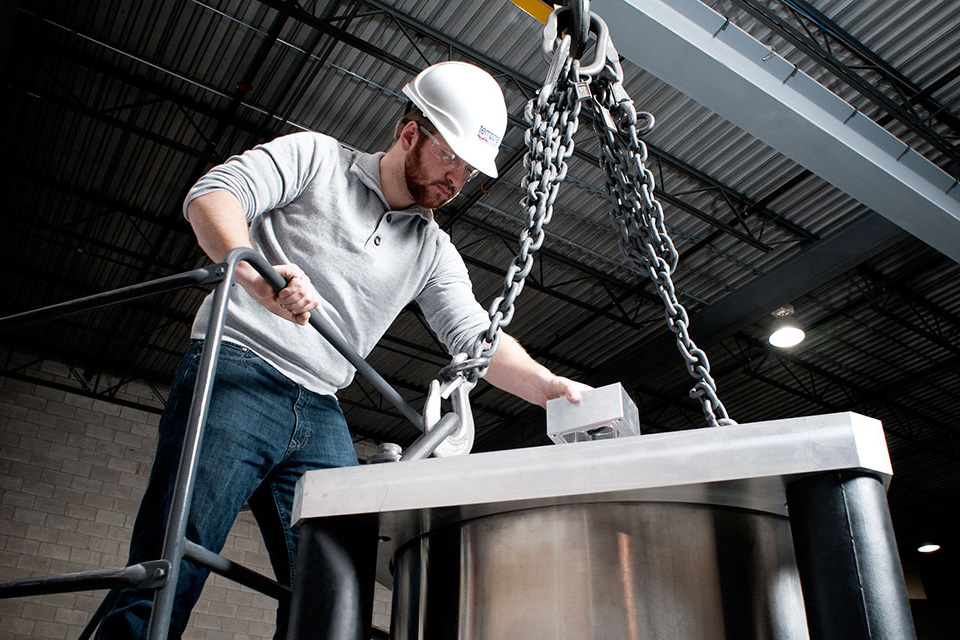
Read more about the IESO's Conservation Fund.
"Aside from the immediate benefit this technology is providing—helping to maintain second-by-second balance on the grid—we’re also learning lessons about the potential future value storage can provide."
Learn more about the IESO's energy storage procurements.